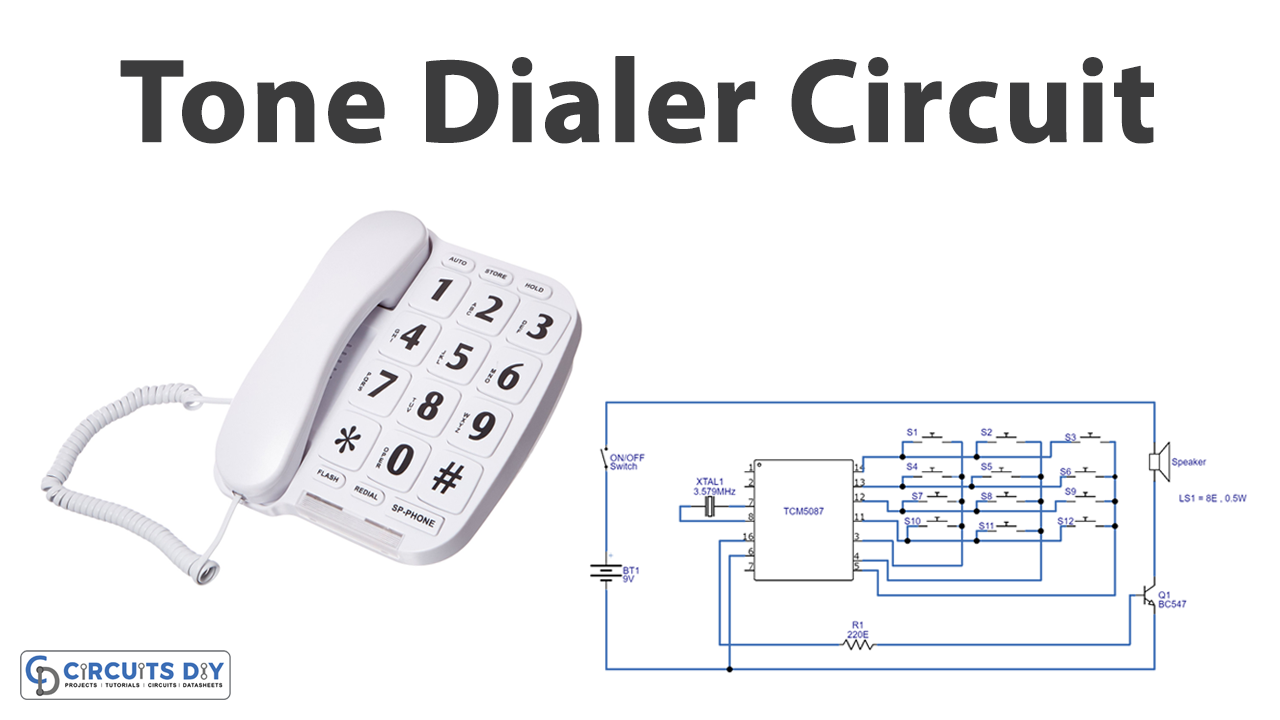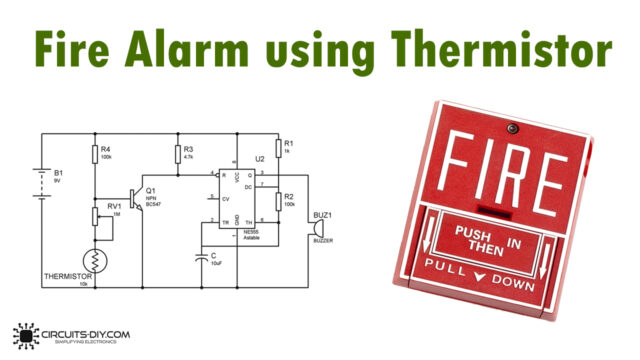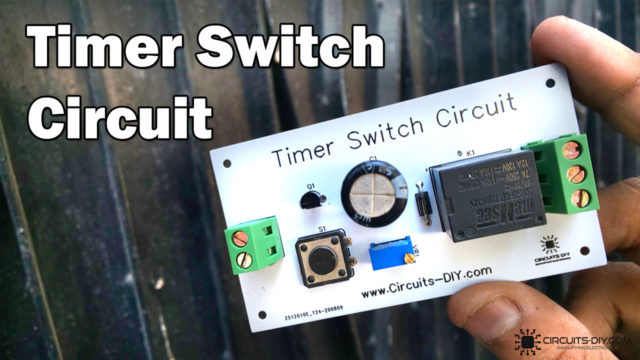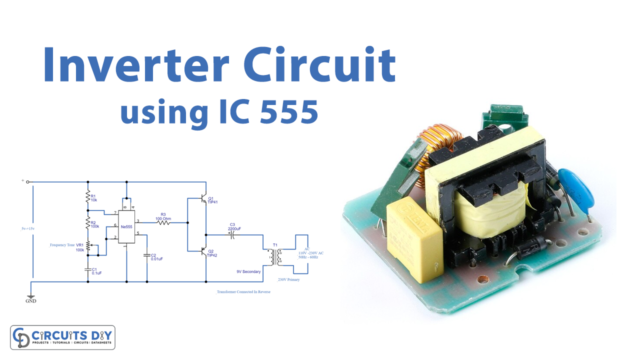Introduction
A telephone number dialing method in which tones of varying pitch matching the digits in the dialed number are electronically created by pressing pushbuttons is known as a tone dialer. Distinct tones are used to represent a different number in tone dialing. So, here in this tutorial, we are going to make a “Tone Dialer” circuit.
Two are methods of connecting with the central telephone relay to identify the phone number you want to contact; tone dialing and pulse dialing. In pulse dialing, Each digit in the phone number is represented by clicks that belong exclusively to that digit. Whereas, Different tones are used to indicate a different number in tone dialing, It only has to send one signal for each digit, rather than many signals for each digit. This article is particularly about tone dialing. And, in the making of this circuit, it circuit uses TCM 5087 Ic as its major component.
Hardware Components
The following components are required to make Tone Dialer Circuit
| S.no | Component | Value | Qty |
|---|---|---|---|
| 1. | IC | TCM5087 | 1 |
| 2. | NPN Transistor | BC547 | 1 |
| 3. | Speaker | 8Ω | 1 |
| 4. | XtaL1-Crystal | 3.579MHz | 1 |
| 5. | Push Button | – | 12 |
| 6. | Resistor | 220Ω | 1 |
| 7. | Battery | 9v | – |
| 8. | Switch | – | 1 |
TCM5087 Pinout
For a detailed description of pinout, dimension features, and specifications download the datasheet of TCM5087
Tone Dialer Circuit

Working Explanation
In this Tone Dialer, we are using The tone encoder IC TCM5087. This is the IC used to create tones that are similar to the dialing tone on a phone. Employing row and column pins, this device generates high and low band tones. The row and column lines of the IC TCM 5087 are wired to the switches s1 to s12. Speaker is there to produce a tone.
Application and Uses
- One of the most common things that people associated with landlines.













